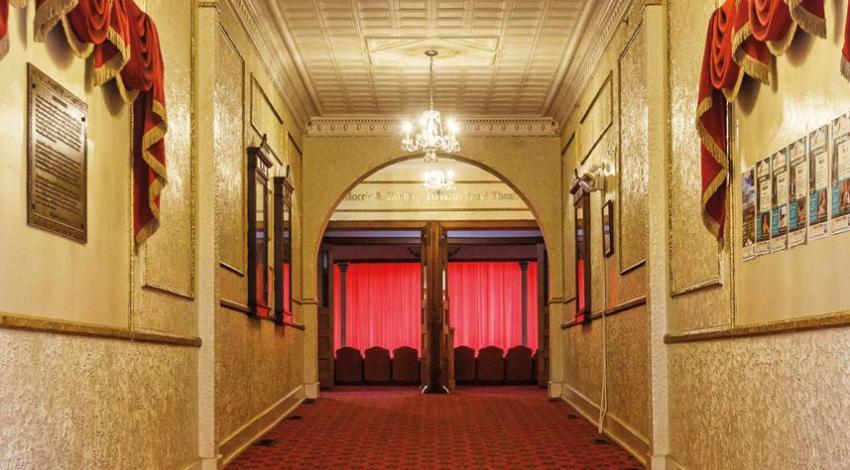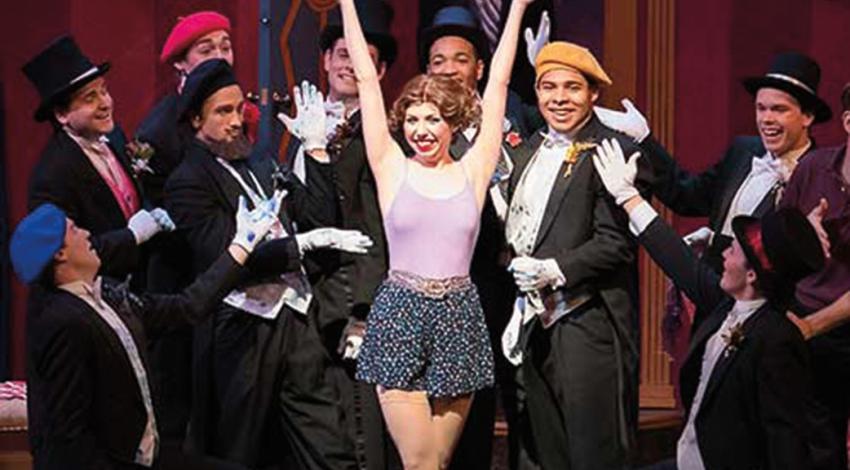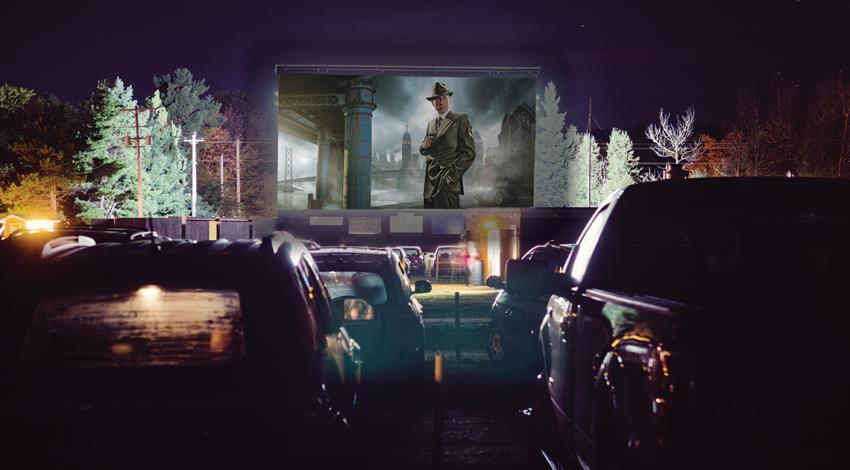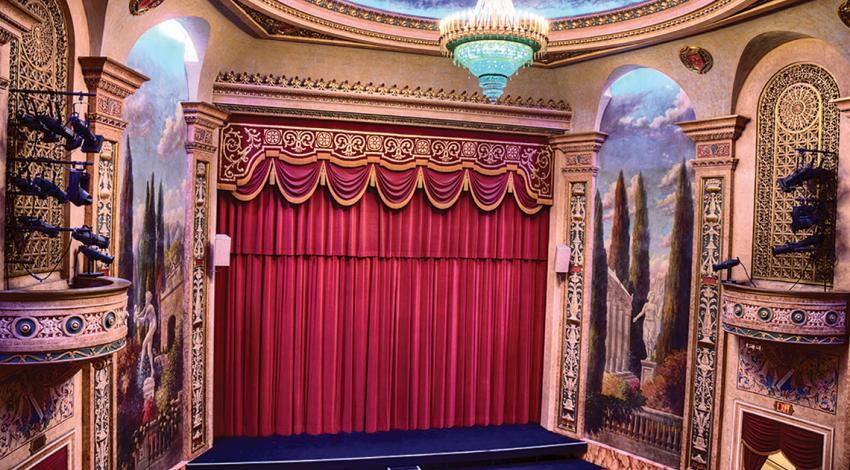Broadway musicals have dazzled audiences since the 1850s, and this year will be no exception.
Kenley — a theatrical producer and former vaudeville performer — founded the Kenley Players, which brought “America’s most exciting summer theater” to Ohio from 1957 until 1995, drawing crowds with lavish productions, low ticket prices, and big-name stars in leading roles.













